10 books on UI / UX design that are worth reading

Becoming an excellent UI / UX designer is not so easy: you need to know the basics, constantly monitor the latest trends and use them in practice. Each of us from time to time turns for advice to colleagues or friends, but when you need reliable information, the best advisers are specialized publications.
Many UI designers have their own personal collection of favorite books. Today we have prepared a list of 10 cool design books that, for one reason or another, could pass you by.
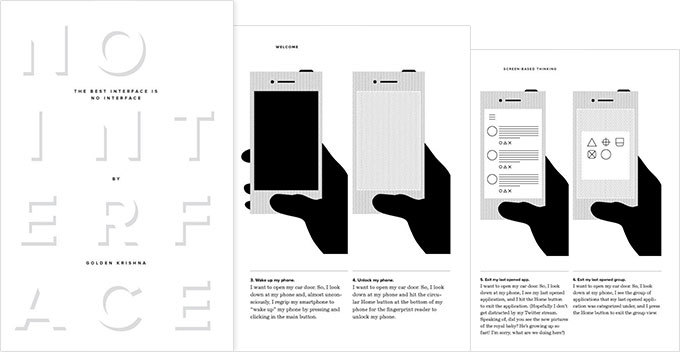
')
The Best Interface Is No Interface
If the name seemed provocative to you, this is not an accident. On the very first pages of his book, Golden Krishna puts forward a radical thesis: modern web design and the society that gave birth to it, have driven themselves into a dead end. The only way out is to throw off the yoke of screens and put the user and his true interests at the forefront. The author paints a very gloomy picture of the modern world, where people for hours remain chained to the screen to the detriment of their own health, relationships and convenience. But on the whole, his forecast is optimistic: very soon a fundamentally new type of user interaction with the device will replace the old paradigm - a minimum of action and a minimum of visual. The manifesto of Krishna, which caused a considerable resonance in the community, will be of interest to those who are looking for a new look and think about prospects.
» Abstract on Habré
» Read introductory excerpt

Mobile Usability
A good, multidimensional study on the usability of programs from a well-known expert in HCI. The components of the user experience of interacting with the application on a particular device are dealt with literally by bone, the whole chain of steps is restored, which leads from impulse to action. Alternating theoretical calculations with the analysis of specific, successful and unsuccessful decisions, the authors lead the reader to the conclusion: the design of a mobile application should follow two principles - simplicity and naturalness. For all its scientific nature, the book is written in an accessible language and perfectly structured - a specialist of any level can benefit from it.
» Read online
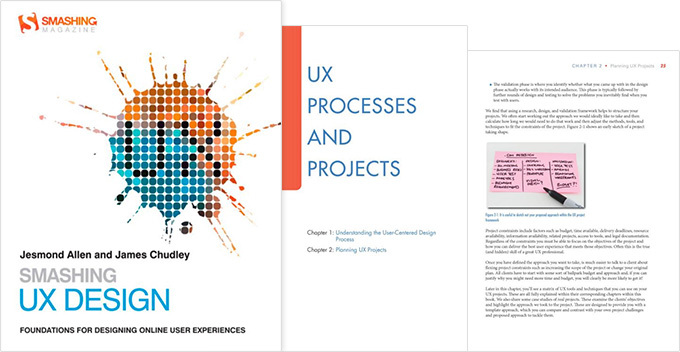
Smashing ux design
"The UX Expert on Your Bookshelf." According to the authors themselves, this book was written primarily for professional designers interested in new ideas and methods. According to user feedback and our personal opinion, it will be useful primarily to those who work a lot with customers or run a design studio. There are a lot of useful materials on UI / UX, but perhaps there are even more tips on the proper organization of work processes.
» Download

Mobile Design Book
We return to the specifics. This electronic edition distinguishes atypical format - the authors here, contrary to custom, go from the particular to the general. Instead of paragraphs with theoretical calculations, slightly diluted examples, you will find chapters devoted to real-life applications, their findings and errors in the construction of navigation, the choice of design, presentation of content. Naturally, the applications are chosen meaningfully - each of them illustrates one or another message. Apt, although sometimes controversial observations of the authors force the reader to connect to the analysis, stimulating critical thinking and transferring analysis skills.
» Read introductory excerpt
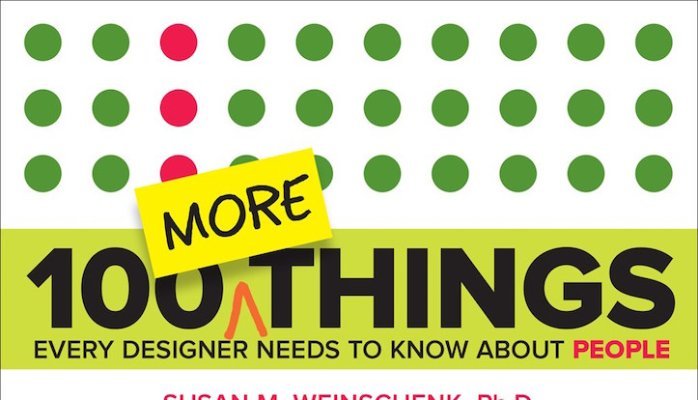
100 main principles of design. How to keep attention
Psychologist Susan Wainshank brings to the attention of readers a study of people and the characteristics of their thinking - as well as the possibilities that an enterprising designer can extract from these features. The book, first of all, is fascinating - there are no common places in it that wander from one text about UI to another, there is not even an emphasis on a purely visual channel of information. How does associative thinking work? What are the modes of assimilation of information? Where is the line between non-verbal communication and manipulation? The facts that leads, Waynshank really unexpected, and the conclusions are ambiguous and interesting. This reading is not for finding ready-made solutions, but for general development, reflection and, we will not be afraid of this word, inspiration.
» Abstract on Habré
» Read online

Mobile UI Design Patterns
Simple, concise, informative. The book is a kind of reference practical advice. Cases are divided by subject (data acquisition, navigation, social services and further on the list), each includes the formulation of the problem, solution, example and recommendations for use. The authors managed to keep well the balance between the text and illustrative materials of each other - and clearly, and does not leave the impression of a primitive instruction. You should get acquainted with the materials from UXPin at least for comparison with your own experience.
» Download
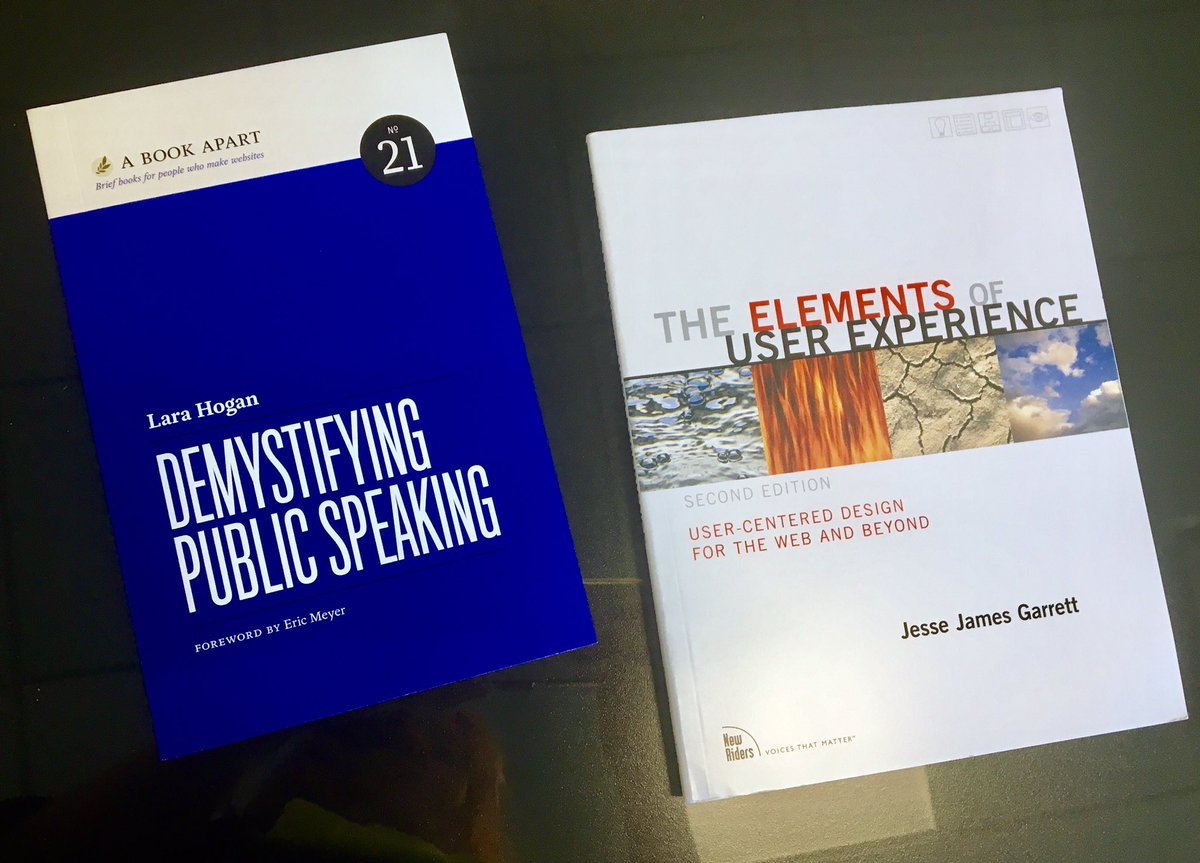
The Elements of User Experience: User-Centered Design for the Web and Beyond
With this book it is good to begin your designer self-education; not because it lays out elementary truths, but because it helps to assimilate the basic principles of UI / UX. If you want to systematize your ideas about user interaction with the interface, take a look at them from the inside and delve into the structure in order to more consciously raise questions and look for answers - it is better not to find benefits.
» Read online
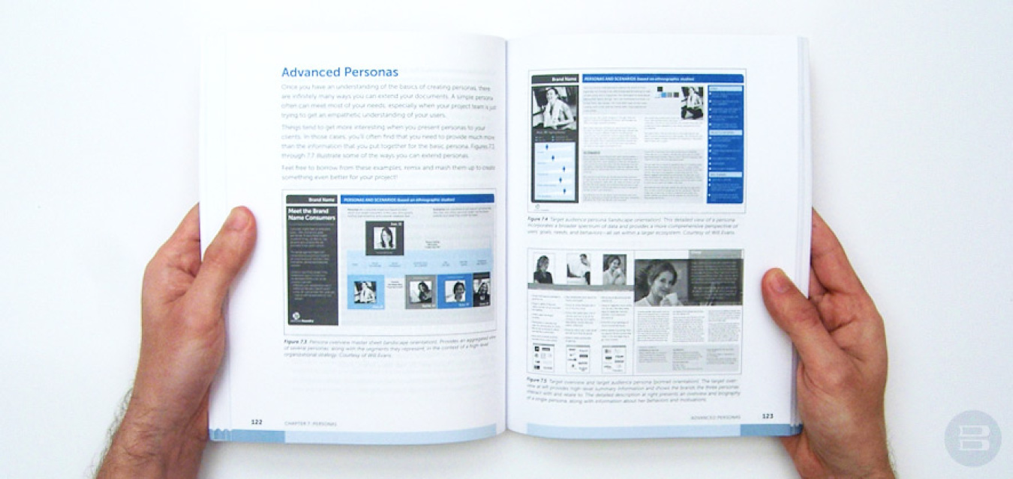
A UX Design Guide For User Experience
In the process of creating an interface, complexity often lies in wait for us, not only inside the working environment, but also from the outside. This book is valuable precisely because it fits the functions of a designer into the general context of team work on a project. The most burning topics are touched upon, from effective methods of holding rallies to developing a common rhythm and the right transition from stage to stage within a single project.
» Read online
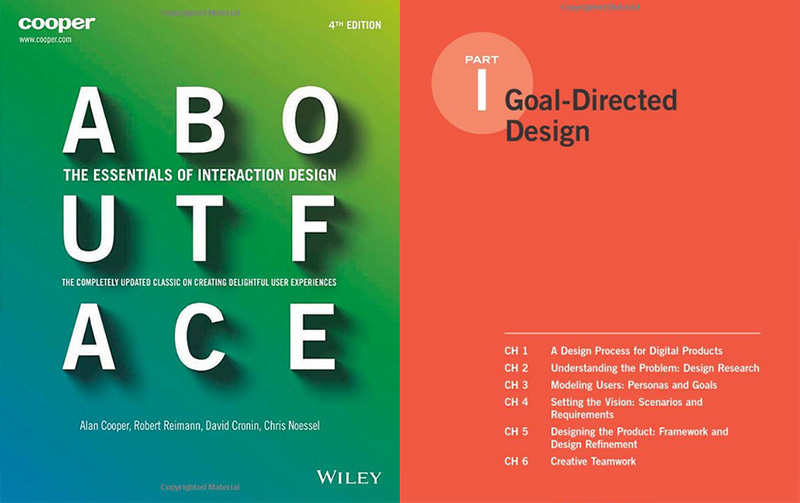
About Face: The Essentials of Interaction Design
Fundamental work, without which no selection of design and usability can be considered complete. This comprehensive guide to UX / UI, the first edition of which was published in the nineties, became a reference book for more than one generation of designers. Through the efforts of the authors, who diligently supplement and update the materials with each new edition, the information remains relevant today. The depth of study of the topic, the detail of the analysis and the versatility of the application set the bar for all other items on this list.
» Read online
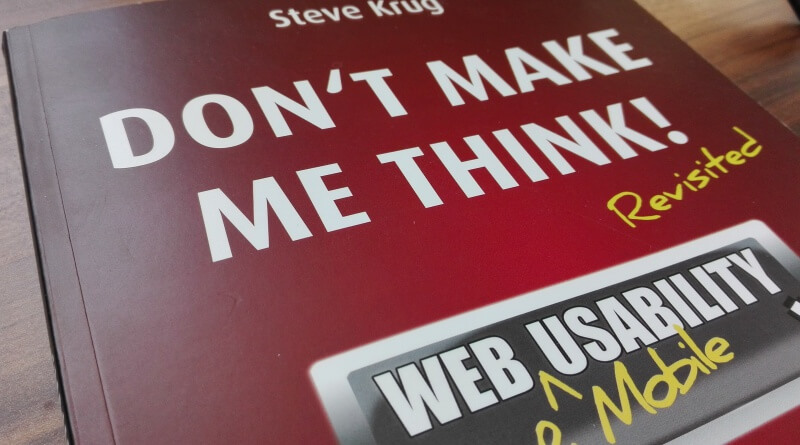
Don't Make Me Think: A Common Sense Approach to Web Usability
Another guide from the user's psychology to the target action. The author displays a set of laws of usability, based on the principles of human thinking, and consider them in action. The style and form of submission is fully consistent with the main rule, which is made in the title - do not make the user think. The text is light, funny, moderately rich and, of course, noteworthy.
» Read online
Source: https://habr.com/ru/post/315846/
All Articles